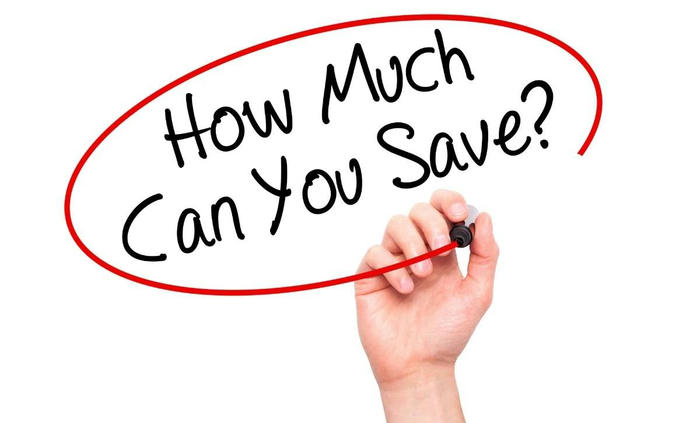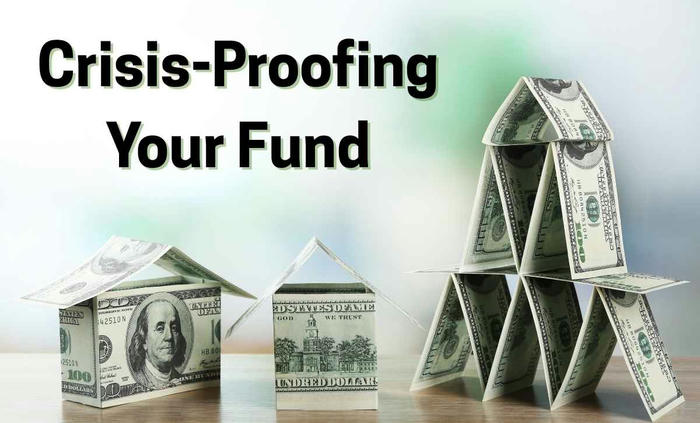How Much Should You Have in Emergency Savings by Age?
Your emergency fund isn't just money - it's your financial airbag. When life crashes, this cushion keeps you from hitting rock bottom. With 2025's economic rollercoaster, here's how to build age-appropriate safety nets that actually protect you.

The Financial Airbag: Why Size Matters
Emergency Fund Targets by Age
| Age Group | Minimum Protection | Recommended Cushion | High-Risk Buffer |
|---|---|---|---|
| 20s | $2,000 | 3 months expenses | 6 months + job search fund |
| 30s | $10,000 | 3-6 months expenses | Debt payoff cushion |
| 40s | $20,000 | 6-9 months expenses | Career transition fund |
| 50s | $30,000 | 12 months expenses | Health crisis buffer |
| 60+ | $40,000 | 18-24 months expenses | Long-term care deductible |
Reality Check: 63% of Americans can't cover a $1,000 emergency
Income-Based Savings Targets
Customized Savings Grid
| Income Level | Starter Goal | Full Protection | Ideal Vehicles |
|---|---|---|---|
| <$50k | $2,500 | $15,000 | High-yield savings |
| $50k-$100k | $10,000 | $30,000 | Money market accounts |
| $100k-$200k | $20,000 | $60,000 | Laddered CDs |
| >$200k | $50,000 | $100k+ | Treasury bills + cash management |
Shock Stat: High earners need larger buffers - job searches take 50% longer
The Savings Roadmap: Building Your Cushion
Phase-Based Strategy
$0-$1k Foundation
→ Automatic $50/week transfers
→ Cut 2 subscriptions ($30/month)
→ Sell unused items ($500 quick win)
$1k-$10k Acceleration
→ Side hustle earnings (100% to savings)
→ Tax refunds/work bonuses
→ Downshift lifestyle creep
$10k+ Fortification
→ Optimize cash holdings (4%+ APY)
→ CD ladder for higher yields
→ I-bond allocation for inflation protection
Speed Hack: Direct deposit split sends 10% to savings before spending
Where to Park Your Safety Net
Account Comparison
• High-Yield Savings
Safety: FDIC insured | Accessibility: Instant | 2025 Yield: 4.5-5%
Best For: First $15k
• Money Market
Safety: SIPC/FDIC | Accessibility: 1-3 days | Yield: 4.8-5.2%
Best For: $15k-$50k
• CD Ladder
Safety: Guaranteed | Accessibility: Term-based | Yield: 5-5.5%
Best For: $50k+ core
Rate Alert: Online banks offer 1%+ higher yields than traditional banks

Crisis-Proofing Your Fund
Risk-Based Adjustments
• Single Income: +3 months → Build spousal employability fund
• Commission Work: +6 months → Create volatility buffer
• Chronic Illness: +$10k deductible → Health crisis surcharge
• Older Home: +$5k → System failure reserve
• Industry Volatility: +12 months → Career pivot runway
Job Market Reality: Tech workers need 9-12 month buffers after 2024 layoffs
Savings Slayers: Common Pitfalls
Protection Strategies
• Inflation Erosion: Allocate 20% to I-Bonds
• Overfunding Opportunity Cost: Cap at 24 months expenses
• Liquidity Traps: Avoid locking >30% in CDs
• Family Bailouts: Set "loan" boundaries
• Investment Creep: Never gamble emergency funds
Behavioral Hack: Name accounts "Job Loss Protection" to reduce temptation
The Rebuild Plan: After Draining Funds
Recovery Timeline
$0 Start
Priority: $1k starter | Timeframe: 30 days
Tactics: Uber/Doordash sprint
<25% Funded
Priority: Basic coverage | Timeframe: 3 months
Tactics: Expense audit + freeze
25-75% Funded
Priority: Core rebuild | Timeframe: 6 months
Tactics: Side hustle consistency
Critical Move: Resume contributions within 48 hours of withdrawal
Smart Automation Tools
2025 Savings Tech
• AI Budgeters: Trim/PocketGuard find $200/month leaks
• Round-Up Apps: Acorns/Qapital save $500/year
• Windfall Allocators: Auto-save 50% of bonuses
• Yield Optimizers: MaxMyInterest shifts cash between banks
• Debt Savers: Tally pays high-interest debt first
App Hack: Set "if-this-then-that" rules (e.g., save $10 when it rains)
Real Recovery Stories
"After medical bankruptcy, our 5-year savings plan built a $75k cushion by 45."
- James T., Austin
"Losing my tech job at 52 - our emergency fund gave us 18 months to pivot careers."
- Sarah K., Seattle
Your emergency fund is your financial immune system. Start small but start now, prioritize protection over returns, and match your cushion to life's real risks. In 2025's uncertain economy, this money isn't idle - it's your best-paid insurance policy.
